Okra Hire is compact and productive okra, even in hot conditions. This variety, coming from the Ivory Coast, produces compact octagonal fruits with thin endings. It remains very productive even under hot conditions.
Features of Okra Hire Seeds
- FRUIT: Compact with the thin ending, Octagonal shape, Slightly hairy, Dark green
- MATURITY: 60 to 65 days after sowing (according to climate and country conditions)
- CROP CYCLE: 110 to 150 days (according to climate and country conditions)
- PLANT: Branched, Green to dark green stems with red spots
- LEAVES: Dark green with red veins, Bicolour petiole
Growing Okra
- Prior to planting, soak the okra seeds in water for 12 to 18 hours to soften their hard seed coat. Soaking aids moisture absorption and germination.
- Plant okra in the spring or early summer once the threat of frost has passed. To prevent the seeds from rotting, the soil should have warmed to at least 65 degrees. Gardeners in cool regions may want to start okra seeds indoors in peat pots four to six weeks before the area’s final frost date.
- If buying okra plants, purchase those that are started in containers such as peat pots that can go into the ground. Disturbing okra’s roots hampers growth.
- Okra can grow from three to six feet tall. Choose a garden spot where its shade will not harm other sun-loving plants. Sow the seeds one inch deep in rows that are three feet apart. The seeds generally germinate in two to 12 days. Okra will grow in many soil types, so mulch and fertilize as needed.
- Once the plants start to grow, thin them so they are spaced 12 to 18 inches apart.
- Okra thrives in the full, hot sun. Regular watering is needed and is particularly critical during flowering and pod development. During extended dry spells, a weekly deep soaking is beneficial.
- Crop rotation and good soil management help control diseases. Okra is susceptible to wilt, root-knot nematode, and Southern stem blight. It is not unusual for okra to attract various beetles and worms. Watch regularly for infestations and treat them appropriately.
Harvesting Okra
- Okra reaches maturity in 50 to 65 days. The plants can produce for ten to 12 weeks. It grows and bears seed pods until frost, which quickly turns them black and kills them.
- Start harvesting a few days after the okra blooms fade. At that point, the seed pods should be soft and two to three inches long. Pick the pods at least every other day, as they quickly turn from tender to tough the bigger they grow. Handle okra gently. The pods bruise easily.
- Remove old seed pods so they do not inhibit new pods from developing. For maximum yield, prune older limbs beneath the already harvested pods.
- All okra varieties have spines, so wear gloves when picking the pods. The spineless varieties have fewer spines on the pods themselves, but spines on other parts of the plant make wearing gloves and long sleeves a good idea.
Storing And Using Okra Hire Seeds
- Do not wash okra. Wet pods become slimy and mould quickly. Refrigerate dry okra in perforated plastic bags. Use within a few days before the pods’ ridges and tips start to turn dark.
- Because of the long growing season and hearty production, four or five plants usually produce enough okra for most families. More plants may be needed, though, to can or freeze okra for use during the winter.
- While old seed pods cannot be eaten, they are perfect for dried flower arrangements.

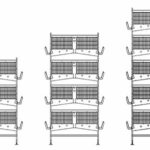



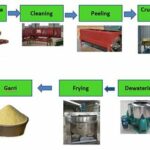

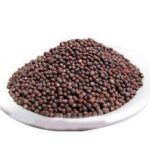





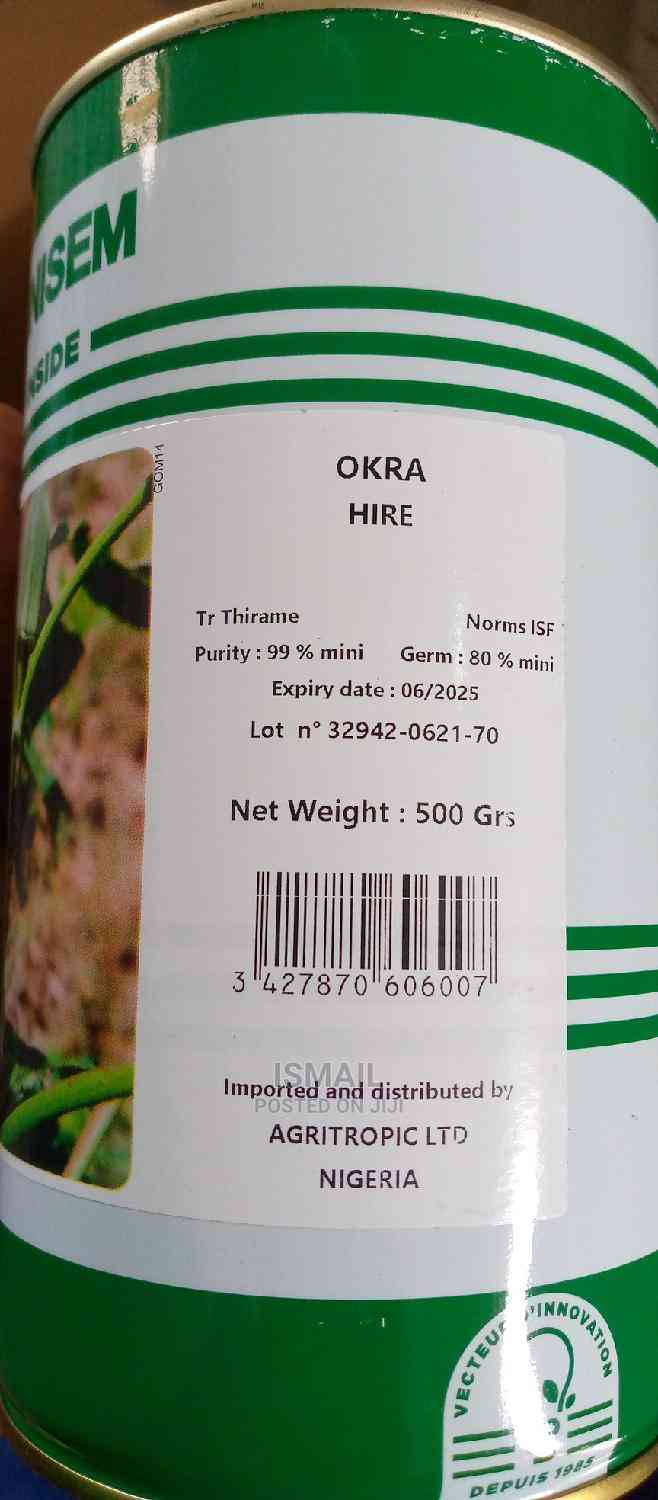
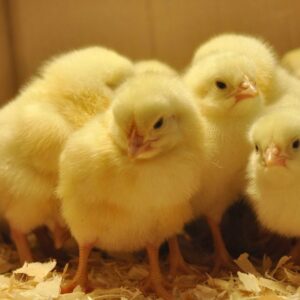

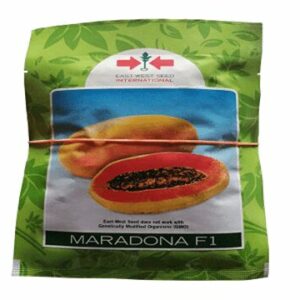

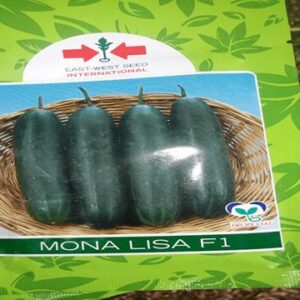
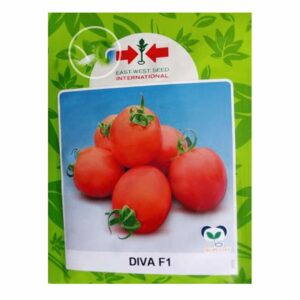
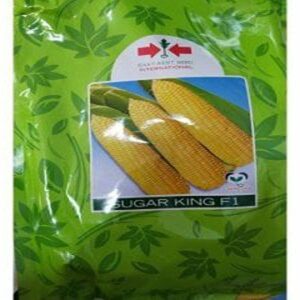
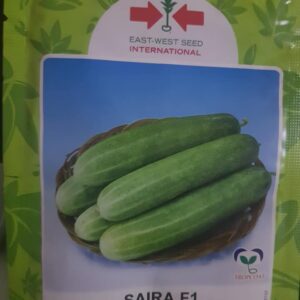
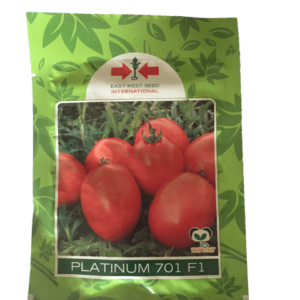
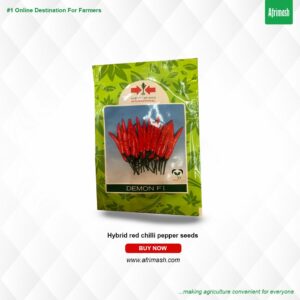
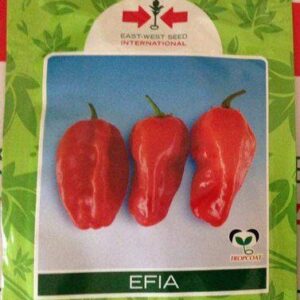
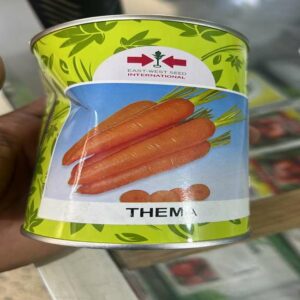
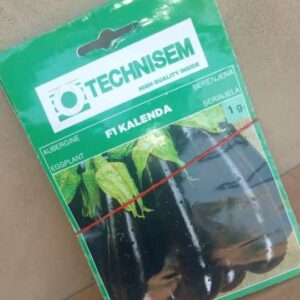
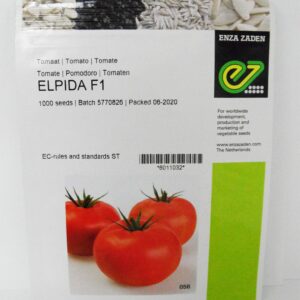

Reviews
Clear filtersThere are no reviews yet.